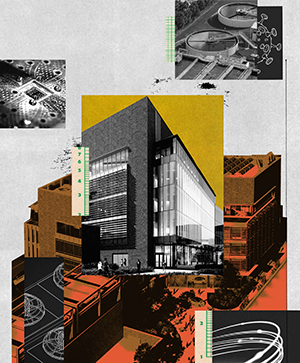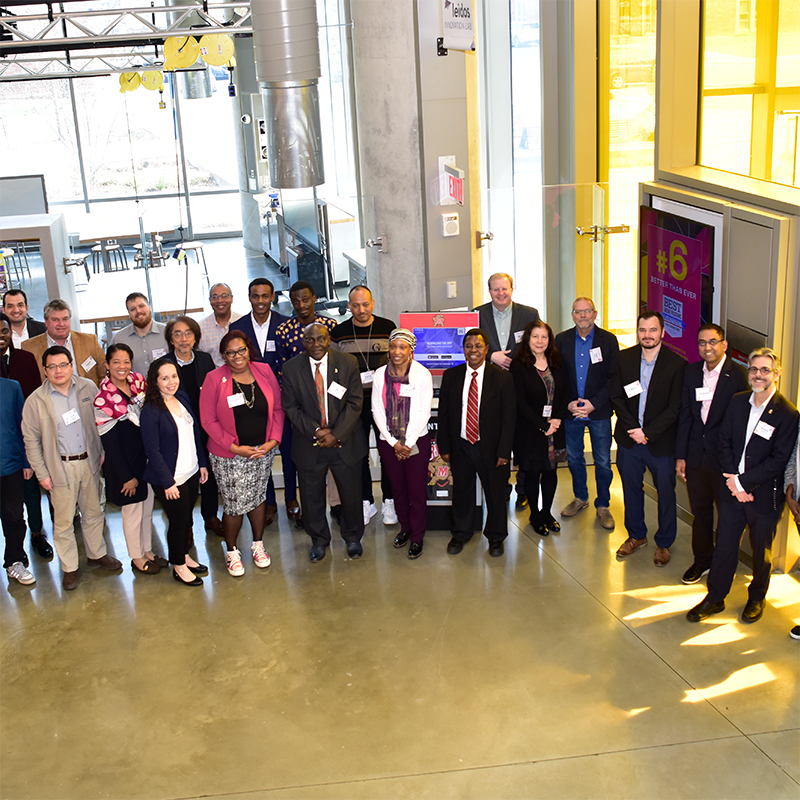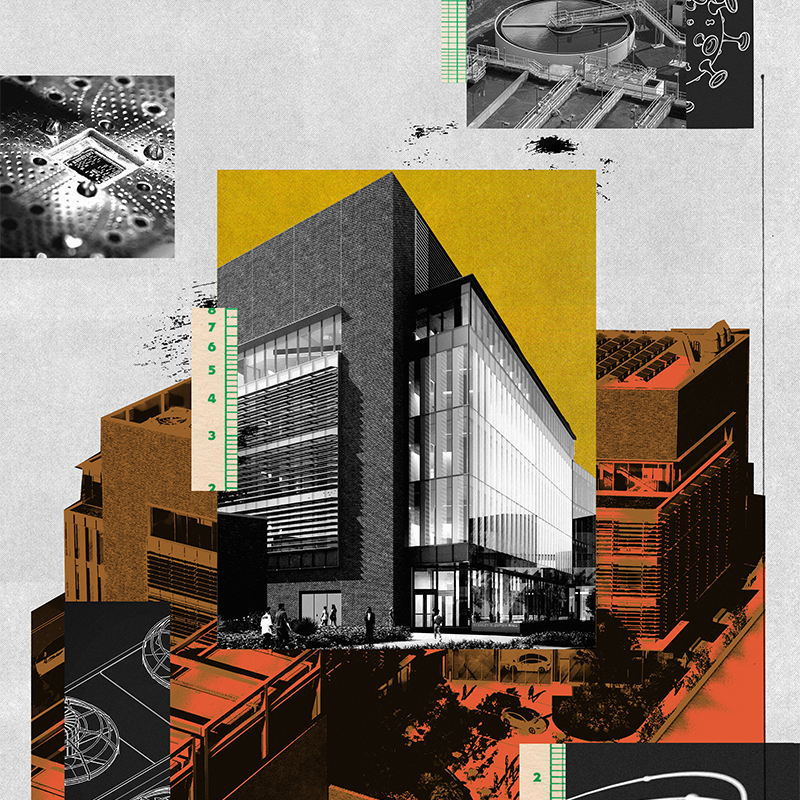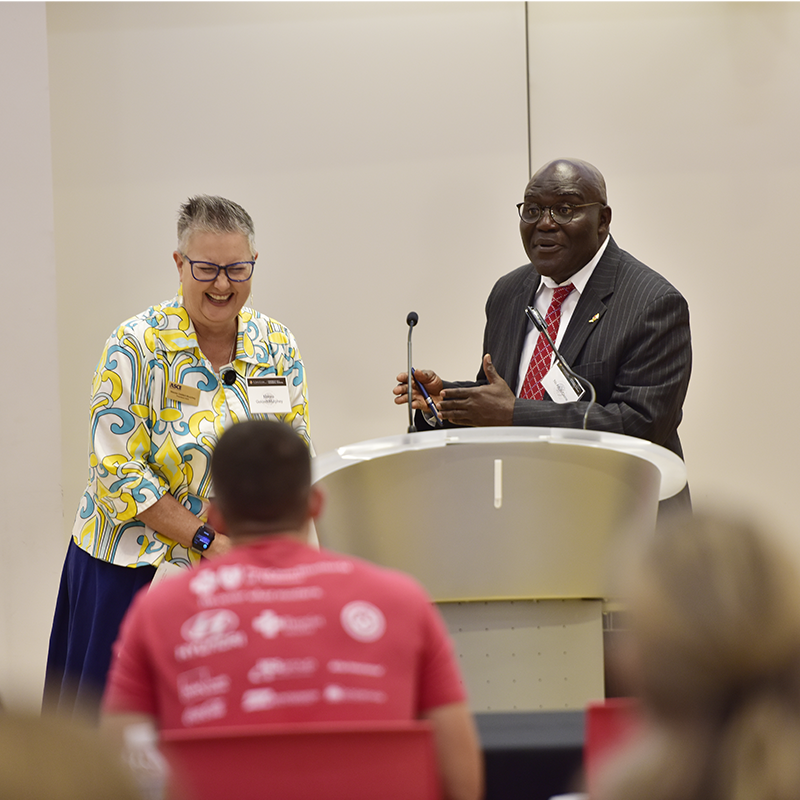UMD’s CEE Department Looks Ahead to New Location
December 17, 2023
WIth the building only two years away from completion, the University of Maryland’s (UMD) civil and environmental engineering department is looking ahead to its future home at the newest building on campus, Stanley R. Zupnik Hall.
A total of 37,000 square feet in the 162,667-foot facility has been allocated to CEE, which will move its main offices, centers, and labs there when it opens in 2026. The building also includes space for other A. James Clark School of Engineering labs, including shared labs intended to encourage interdisciplinary research.
“Zupnik Hall meets multiple needs,” said Nii Attoh-Okine, chair of the CEE department. “Firstly, as a growing department, we need space for our existing facilities as well as for new ones dedicated to emerging areas of research. At the same time, we are seeing an increased need for collaboration across engineering fields.”
“The building will be a modern space addressing various grand challenges of our time, and will serve the needs of all our students,” he said.
“The building will be a modern space addressing various grand challenges of our time, and will serve the needs of all our students."
Nii Attoh-Okine, Professor and Chair, UMD Department of Civil and Environmental Engineering
Two entire floors have been allocated to CEE, providing space for 39 faculty offices, 11 environmental engineering research labs, graduate research workspaces, and the Chair’s suite, which will also serve as the headquarters for the department’s Digital and Cyber Railway Engineering and Operations Center. In addition, separate space in the building has been earmarked for two new civil engineering labs, focused respectively on Building Information Modeling and on Intelligent Infrastructure.
Meanwhile, a Connected Autonomous Vehicles lab, covering 3,361 square feet, will be jointly shared by the CEE, electrical and computer engineering, and mechanical engineering departments. Finally, a Quantum Technology Suite, to be located in the basement,will break new ground as the only quantum technology teaching lab in the nation.
A student focus is strongly evident in plans for the building, which will house the offices of three student organizations–the National Society of Black Engineers, the Society of Hispanic Professional Engineers, and the Society of Women Engineers–and includes gathering spaces for student events as well as a multi-story student lounge.
Windowless walls in labs, meanwhile, will showcase the work being done there while amplifying the collaborative, interdisciplinary, and silo-breaking aspirations of the Clark School.
The building will be named for Stanley R. Zupnik (‘69). Zupnik is one of its founding donors, together with the A. James and Alice B, Clark Foundation, which made a substantial gift as part of its historic $219.5 million Building Together investment in the Clark School. Funding is also being provided by the State of Maryland.




